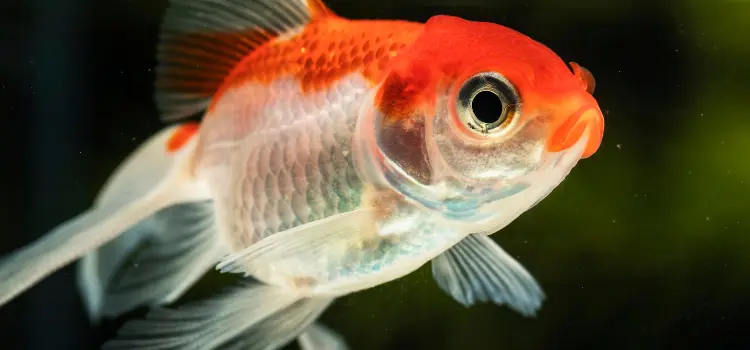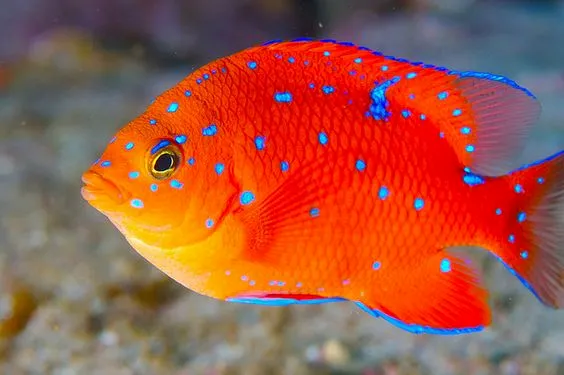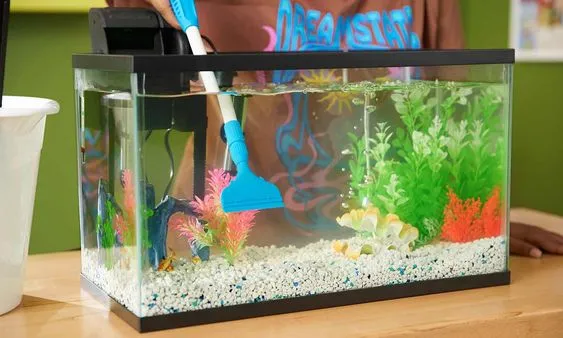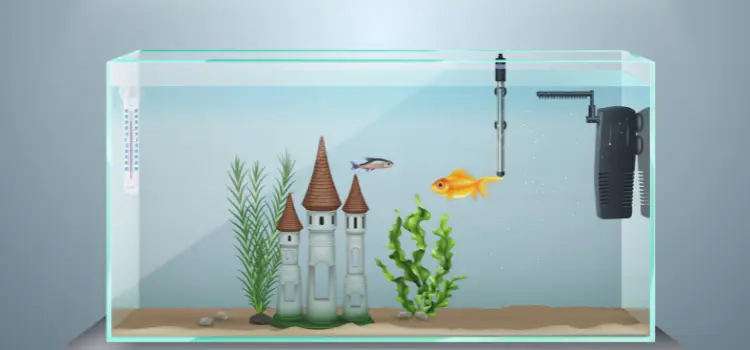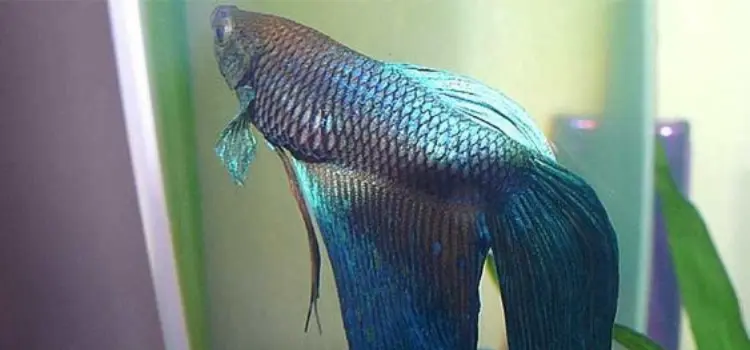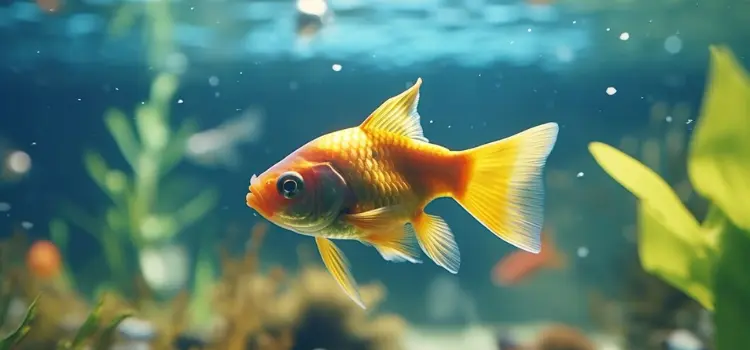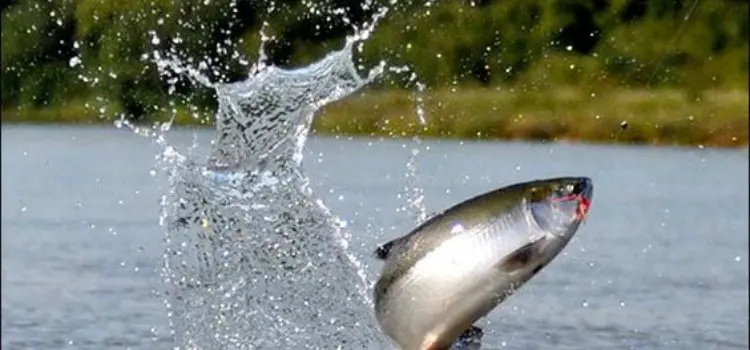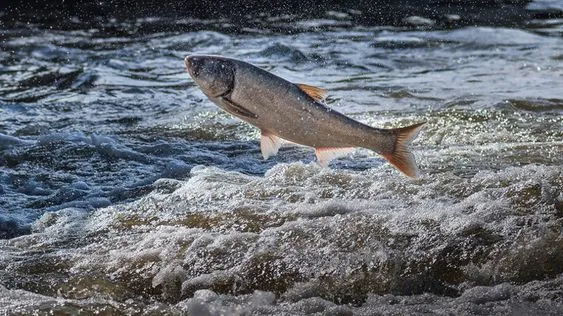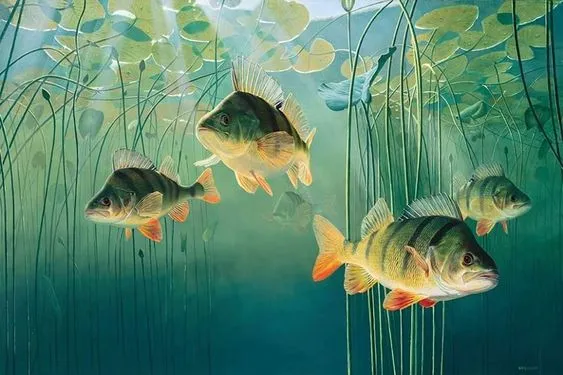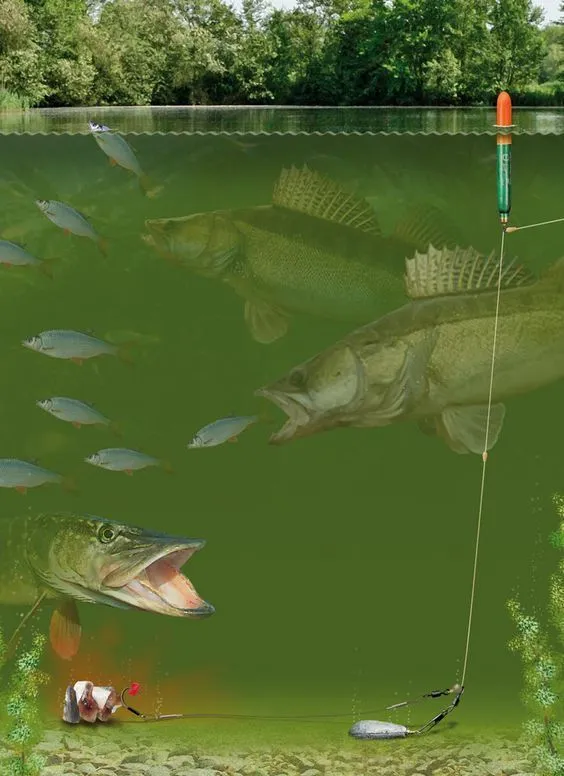Betta Fish Tank Mates
Betta fish, often known for their feisty and territorial nature, are typically considered solitary creatures. However, the idea that they can’t have tank mates is not entirely accurate. While it’s true that male bettas can be aggressive, especially towards other males, there are several compatible tank mates that can coexist peacefully with your betta. In this comprehensive guide, we’ll explore the 10 best and most compatible betta fish tank mates to enhance your aquarium’s diversity and beauty.
What Fish Can Live With Bettas?
When considering tank mates for your betta, it’s crucial to ensure that they share similar water conditions and habitats. Here are some top recommendations for betta fish tank mates:
1. Snails
Minimum tank size: 5 gallons
Snails, particularly mystery snails, are excellent companions for bettas. They contribute to the cleanliness of your tank by consuming algae and leftover food. These docile creatures also possess hard shells that offer protection when your betta becomes curious. Consider nerite snails, known for their intriguing shell patterns, to add an aesthetic touch to your aquarium.
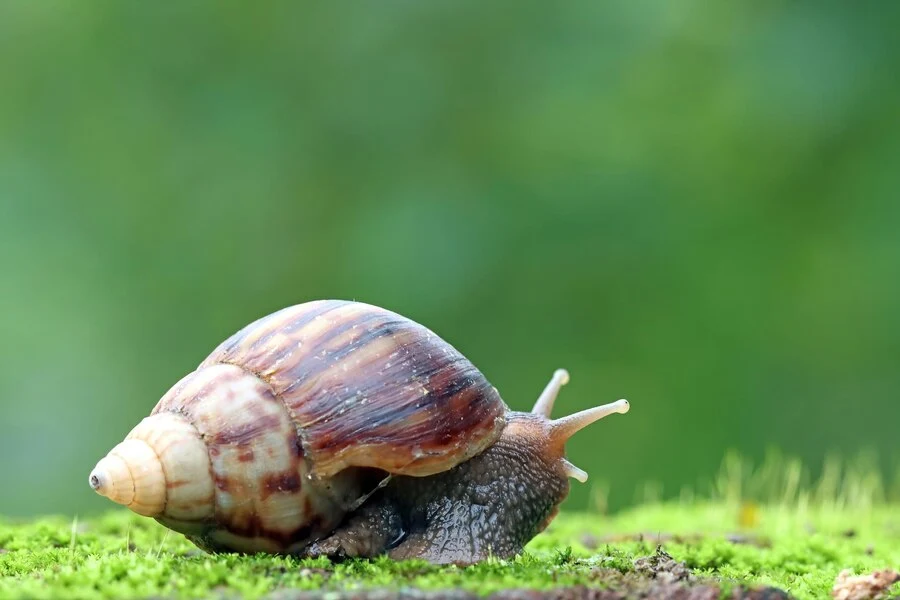
2. Shrimps
Minimum tank size: 10 gallons
Ghost shrimp and red cherry shrimp are great choices to coexist with bettas. They serve as diligent members of your aquarium’s cleanup crew, ensuring that no food goes to waste. These shrimp species thrive in the presence of live plants, making them an interesting addition to your tank’s ecosystem.

3. African Dwarf Frogs
Minimum tank size: 10 gallons or more
African dwarf frogs are an ideal choice because they interact minimally with bettas. They prefer living in small groups and enjoy exploring their surroundings. Unlike bettas, they have lungs instead of gills, surfacing periodically to breathe. Ensure they receive adequate food, as bettas may outcompete them for food.
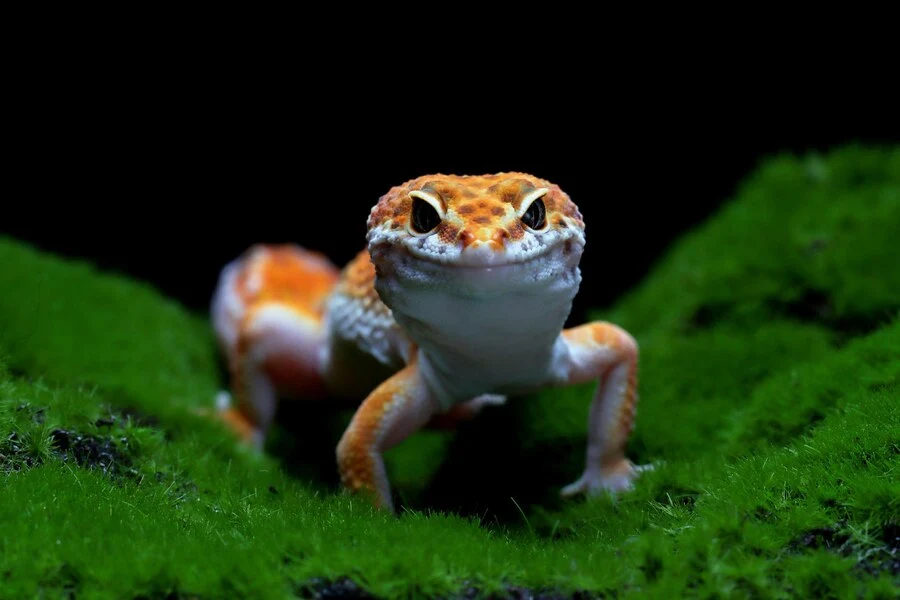
4. Corydoras Catfish
Minimum tank size: 10 gallons or more
Corydoras catfish make perfect additions to a community betta tank. They are non-aggressive, easy to care for, and reside at the bottom of the tank. It’s best to keep them in groups of at least five individuals for their well-being. There are numerous corydoras species available, so choose one that suits your tank size, such as the petite panda cory.
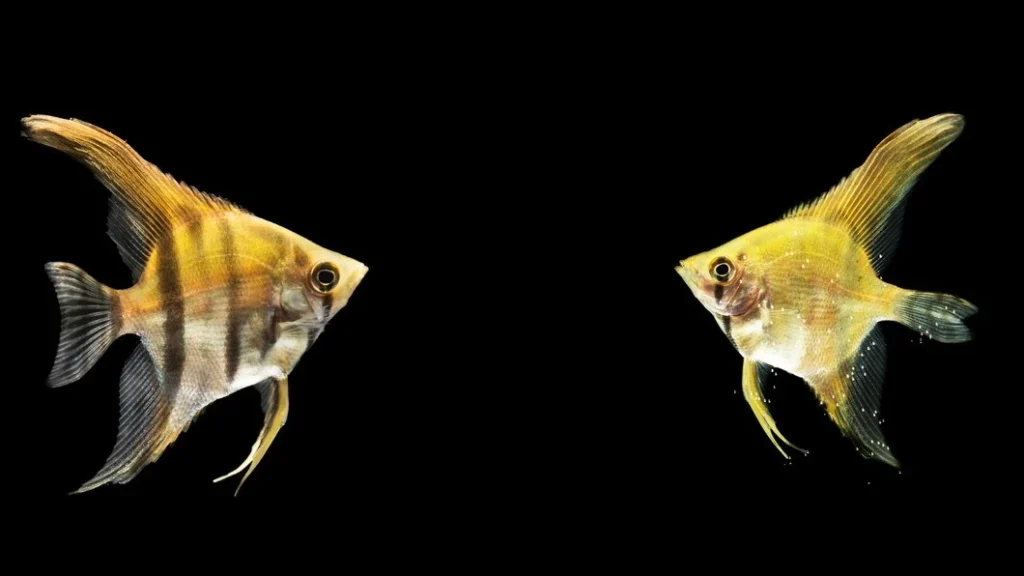
5. Neon and Ember Tetras
Minimum tank size: 15 gallons
Tetras, known for their shoaling behavior, thrive when kept in groups of at least six. They primarily occupy the midwater region, minimizing interactions with bettas who tend to stay near the top. Their small size and preference for horizontal swimming spaces make them compatible companions.
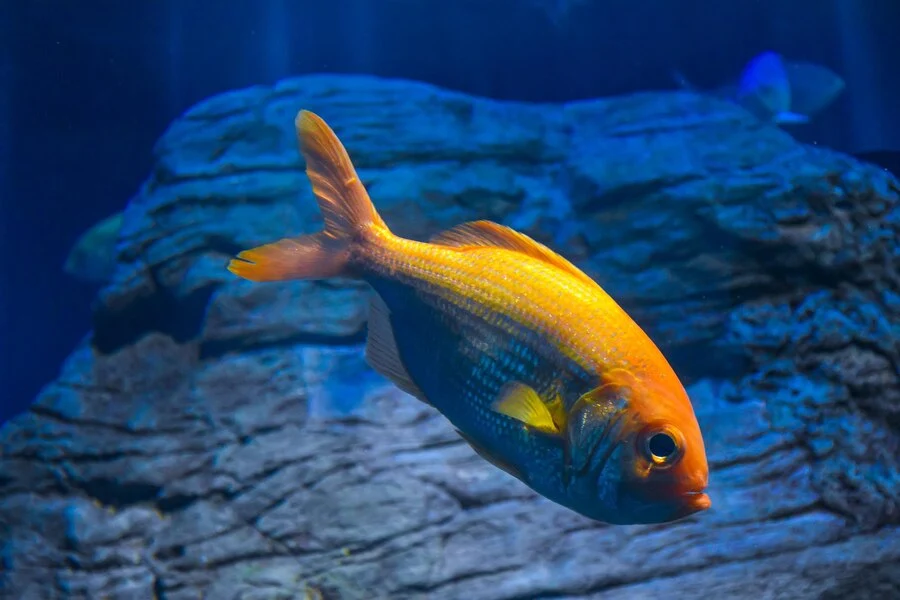
6. Harlequin Rasboras
Minimum tank size: 10 gallons
Similar to tetras, rasboras are gentle, peaceful fish that prefer to keep to themselves. They are also shoaling fish and do best in groups of five to eight. While they are not brightly colored, they still add an elegant touch to your community betta tank.
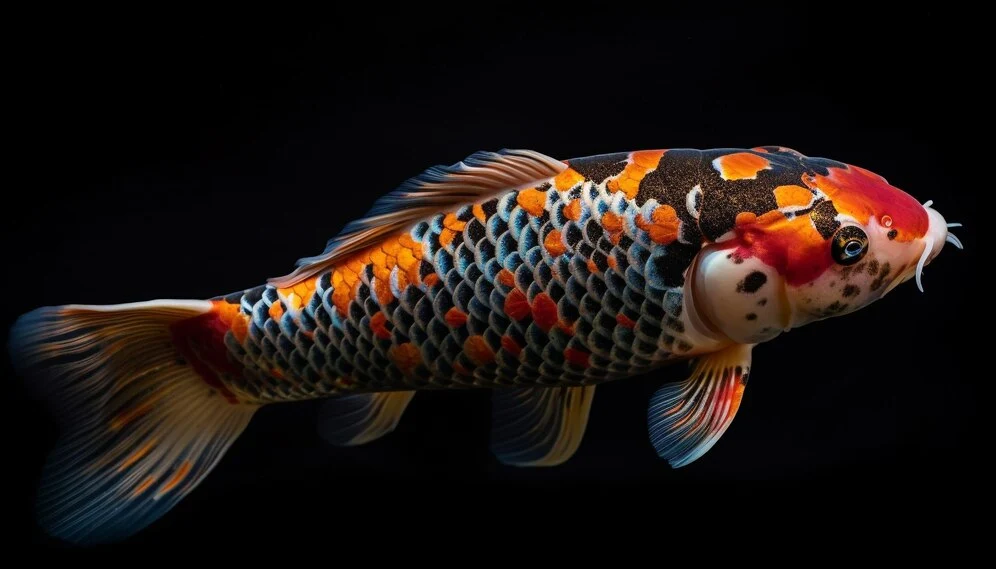
7. Guppies
Minimum tank size: 10 gallons
When considering guppies as tank mates, opt for feeder guppies instead of fancy guppies, which may attract the attention of male bettas due to their long fins. Guppies are docile, resilient, and can live individually or in groups. Be cautious about breeding if you prefer not to have baby guppies in your tank.
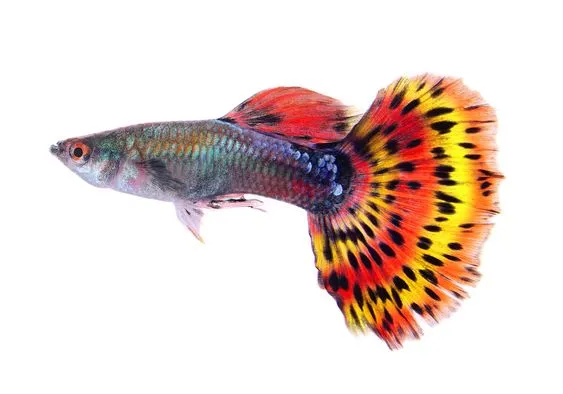
8. Clown Pleco
Minimum tank size: 20 gallons
Clown plecos, known for their algae-eating habits, are compatible with bettas. They are beautiful, easy to care for, and have tough skin to protect against betta nibbling. Ensure you select a smaller species of pleco, like the clown pleco or bristlenose pleco, to suit your tank’s size.
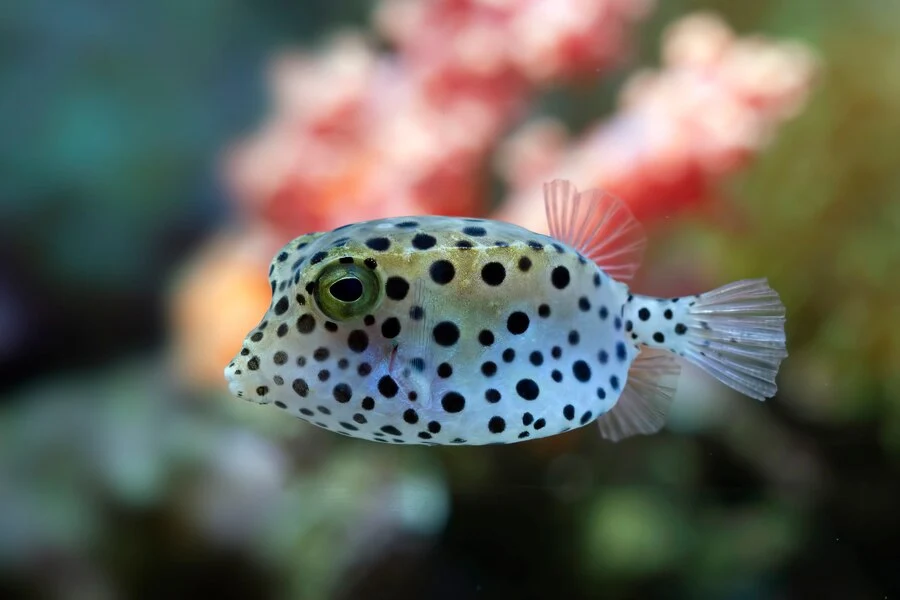
9. Kuhli Loaches
Minimum tank size: 20 gallons
Kuhli loaches, with over 200 species, are intriguing bottom-dwelling fish that can coexist with bettas. They reach a maximum length of around 4-5 inches and are known for their eel-like appearance. These fascinating fish enjoy burrowing in sandy substrates and have a preference for brine shrimp as part of their diet.
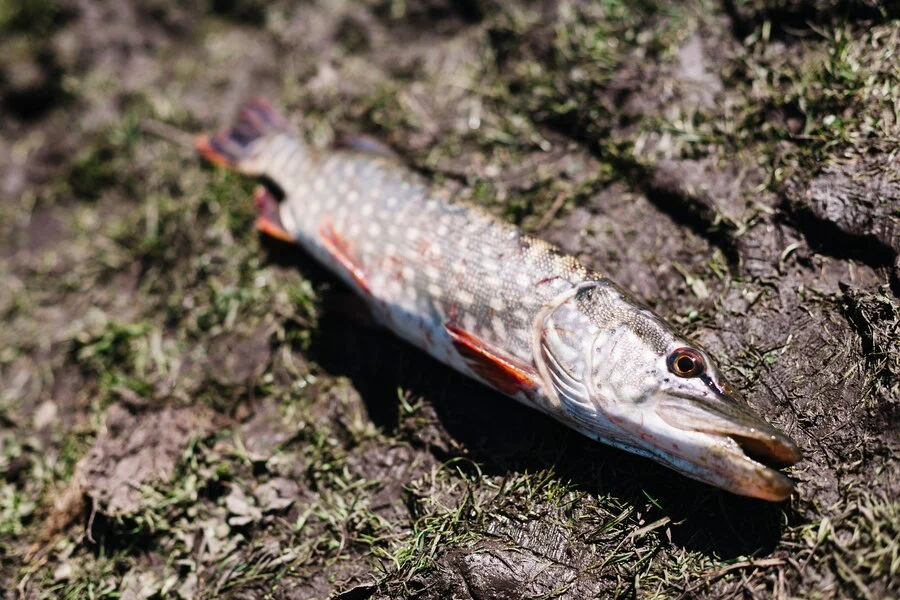
Tank Mates to Avoid
While bettas can peacefully coexist with the right companions, some fish and aquatic animals should be avoided due to potential aggression and compatibility issues. Tank mates to steer clear of include:
- Other male bettas
- Tiger barbs
- Cichlids
- Goldfish
- Gouramis
- Puffers
- Red tail sharks
- Angelfish
Understanding Betta Fish Aggression
Betta fish have a natural territorial instinct, especially among males. This aggression can be traced back to their native habitats in Laos, Cambodia, and Vietnam, where they had ample space to flee and hide from rivals. In some regions, betta fighting became a sport, leading to selective breeding for increased aggression. This genetic tendency may still persist in bettas today, making it essential to avoid housing male bettas together.
Female bettas, on the other hand, are more amenable to community tank life. They can even be kept in groups called sororities, with five or more female bettas coexisting peacefully in a tank of 10 gallons or more. The aggression in female bettas tends to disperse in such setups.
Introducing Your Betta Fish to a Community
When introducing bettas to other fish in a community tank, take several precautions to ensure a smooth transition:
- Ensure all fish are free of disease and parasites.
- Clean the community tank thoroughly.
- Check and maintain optimal water conditions.
- Maintain water temperature at 78-80 degrees Fahrenheit.
- Acclimate new fish to the tank’s temperature by floating them in a plastic cup or bag.
- Release your betta and observe interactions with other fish.
- Provide hiding spots for stressed fish and ensure the tank size accommodates all inhabitants.
If conflicts or stress become evident, it’s better to house your betta separately or choose more compatible tank mates.
Do Bettas Need Tank Mates?
In conclusion, bettas do not require tank mates to thrive. They can lead contented lives in solitary confinement. While betta fish can survive in tanks smaller than five gallons, it’s advisable to provide a larger tank for a healthier and more enriching environment. Enhance your betta’s habitat with plants, accessories, and thoughtful care to ensure they lead fulfilling lives.
By making informed choices about tank mates and providing optimal living conditions, you can create a harmonious and visually stunning aquarium that both you and your betta will enjoy. Choose the perfect companions for your betta fish and watch as they coexist in a captivating underwater world.


